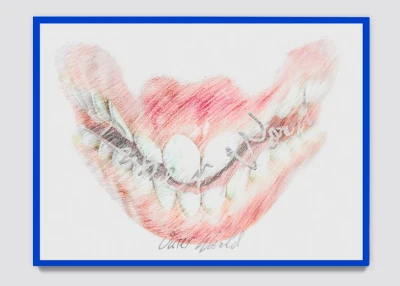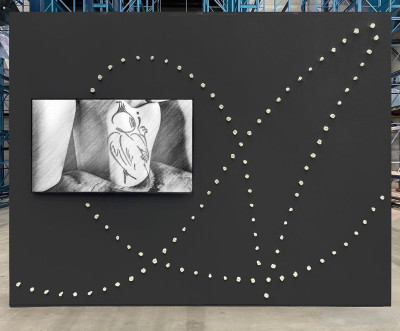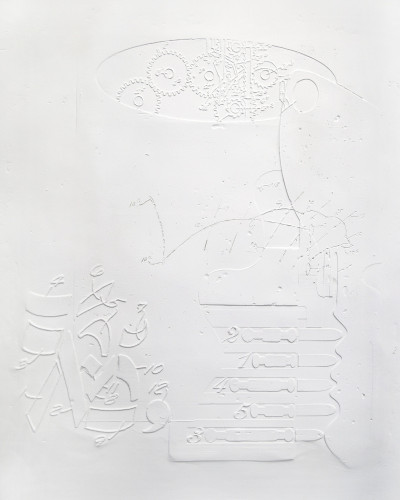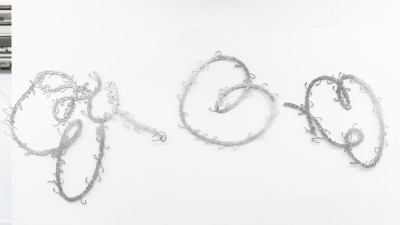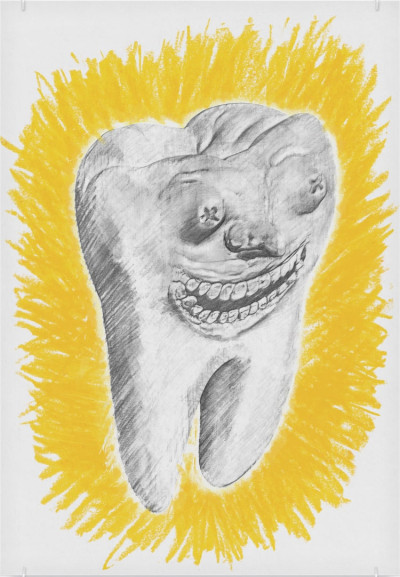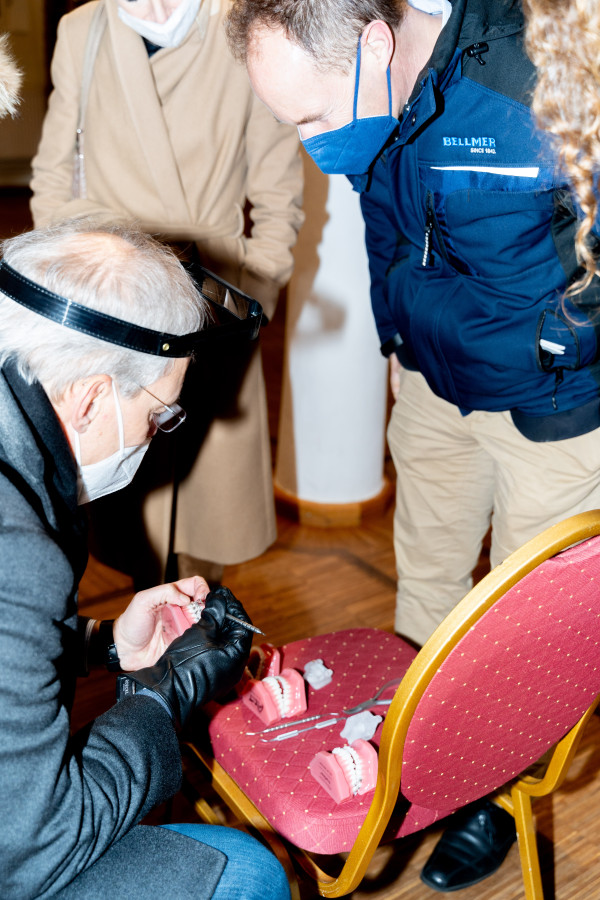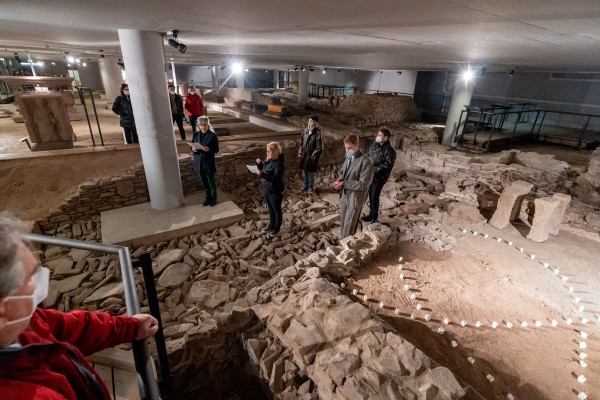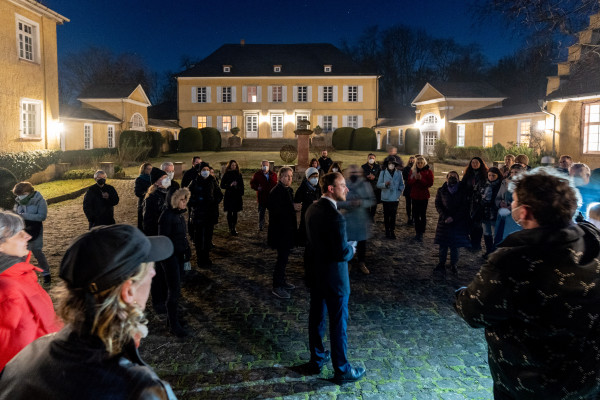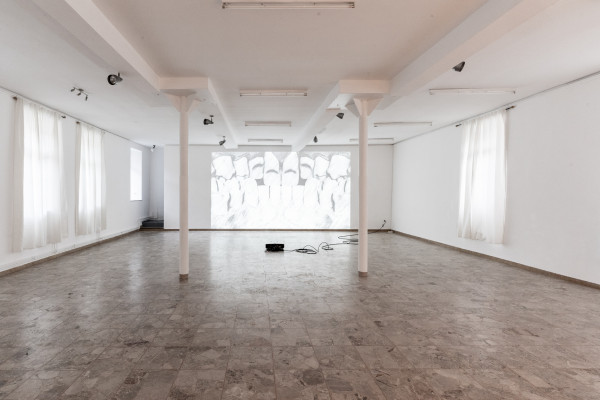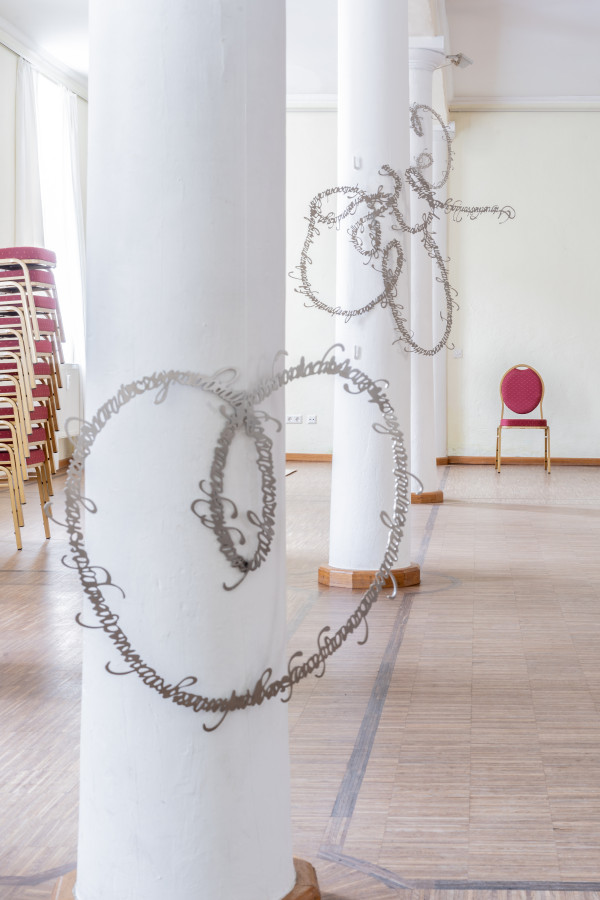Learn More
Some people travel to see sights. Some go abroad to learn languages. The curators of the German cultural programme Ornamenta 2024 are interested in traveling to meet people, specifically, to find out how they think and what their behavior produces. And this type of philosophical tourism isn’t about curiosity or diversity – it’s about witnessing other perspectives on life so that we can debug our own.
There is not a singular description of what the Ornamenta will become, but there is a multitude of meanings. There are as many explanations of Ornamenta as there are people in the City of Pforzheim, where the first edition took place in 1989.
In January 2022 together with artist Josse Pyl (1991, St-Niklaas, BE) the curators explore the production of language and how it influences our interpretation and communication with others. In a two part show and performance on a bus we explore what orality, words, accents, swallowing, hearing, seduction, ears and ASMR mean for the Black Forest region.
At the Roman city foundation ruins at Kappelhof in Pforzheim two works intervene in the historic site. A relief on a column and a floor installation formed by over thirty artificial teeth compliment the heritage in an ornamental manner. By juxtaposing letters, images, and objects the works of the artist turn into architectural sentences throughout the underground space.
From this site below the ground the audience warms up their tongues during a bus drive with speech therapy performance and arrive at the Schloss Bauschlott, a castle renewed in the 19th century by architect Friedrich Weinbrenner, where we encounter a new video work and laser cutted metal sculptures. The human body is presented as a publisher. A thought is formed in the stomach, breathes it through to the chest and neck, which forms its timbre, and then moves through the vocal cords to form its pitch, into the mouth, where the tongue and teeth give its final texture and push the word outside the body, into the air.
